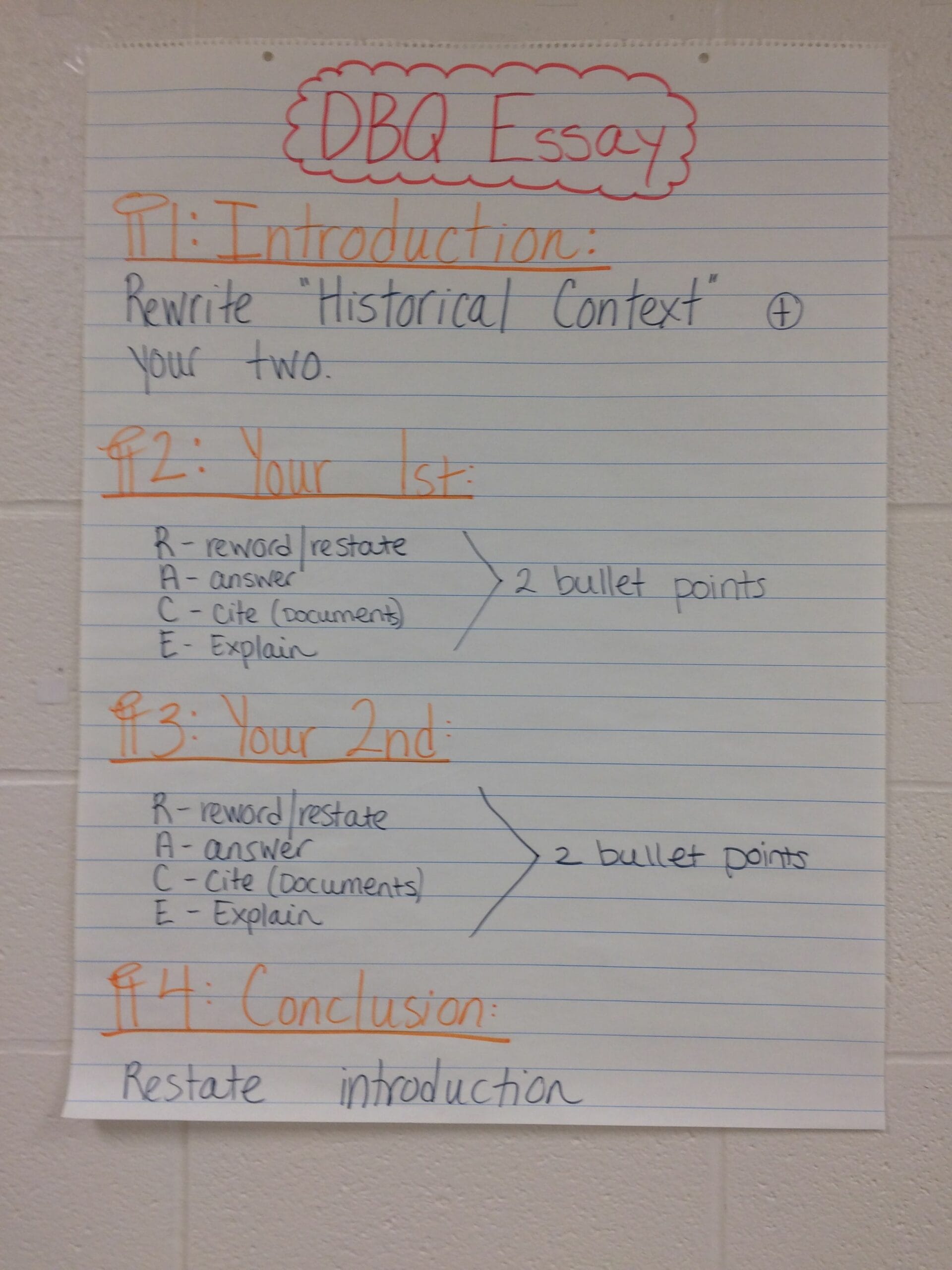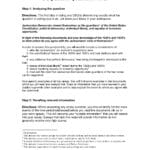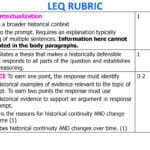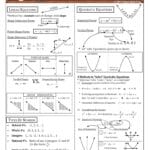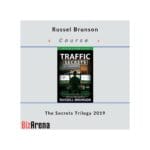This guide equips you with the strategies and insights needed to triumph over the DBQ and excel in your AP History studies. We’ll cover everything from analyzing historical documents and crafting compelling arguments to understanding the nuances of the DBQ format and scoring rubric.
Deconstructing the DBQ
What exactly is a DBQ? It’s a Document-Based Question, requiring you to analyze and synthesize historical documents to construct a coherent and persuasive argument. It’s a key component of AP History exams, including European History, US History, and World History. Think of it as a historical puzzle: you’re given the pieces (the documents), and your task is to assemble them into a meaningful whole. This process tests your historical thinking skills, demanding more than just factual recall—it assesses your ability to contextualize, source, and develop a complex understanding of the past.
Unlocking Sample DBQs
Sample DBQs are your secret weapon. They’re more than just examples; they’re blueprints for success. Studying them reveals the structure of high-scoring essays, effective argumentation techniques, and how to weave evidence seamlessly into your writing. By examining successful responses, you gain insight into the grading rubric and learn to think like a historian—a skill invaluable far beyond the AP exam. Explore how to best utilize sample DBQs [https://www.lolaapp.com/].
Comparing different responses to the same prompt illuminates the nuances of historical interpretation. You might see one essay emphasize political factors while another focuses on social or economic forces. This comparative analysis strengthens your critical thinking skills and helps you form your own well-supported perspective.
Finding quality sample DBQs is crucial. The College Board (apcentral.collegeboard.org) is the gold standard, providing released exams, student samples, and scoring guidelines. PrepScholar (blog.prepscholar.com) also offers valuable examples and articles on DBQ strategies. You can find further resources from Roosevelt High School and Kaplan Test Prep, but always prioritize those aligned with College Board standards.
Mastering the DBQ Format
The DBQ format might seem daunting, but it’s actually a structured process designed to guide your analysis. Let’s break it down step-by-step:
- Understand the Prompt: Deconstruct the question. What are the key terms? What historical period or event is the focus?
- Examine the Documents: Analyze each document like a detective. Consider the author, date, audience, and purpose. What biases might be present?
- Group the Evidence: Identify patterns and connections between documents. Group them thematically to organize your essay’s structure.
- Craft a Thesis Statement: Your thesis is the foundation of your argument. It should directly address the prompt and present a clear stance.
- Outline Your Essay: Create a roadmap for your writing. A typical structure includes an introduction (with your thesis), body paragraphs (each focusing on a theme), and a conclusion.
- Cite Evidence: Support your claims with specific examples from the documents. Proper citation is essential (e.g., Document 1, Doc 2).
- Contextualization: Place the documents and your argument within the broader historical context. What was happening in the world at the time?
- HIPP Analysis: For each document, analyze at least one aspect of HIPP (Historical Context, Intended Audience, Purpose, Point of View).
- Synthesis: Connect your argument to a different historical period, situation, or theme. This demonstrates a deeper understanding.
- Proofread: Review your essay carefully for clarity, coherence, and grammatical accuracy.
Some historians suggest that incorporating more outside information beyond what’s in the documents can enhance your DBQ score, while others emphasize in-depth document analysis. The ideal balance probably depends on the specific prompt and documents provided. Ongoing research may offer further insights into optimal DBQ strategies.
Seven Steps to a DBQ Essay
Here’s a concise breakdown of the seven steps to crafting a successful DBQ essay:
- Analyze the Prompt: Deconstruct the question, identifying key terms and the historical context.
- Examine the Documents: Scrutinize each document for author, date, audience, and main idea.
- Group the Documents: Organize documents based on themes or perspectives.
- Develop a Thesis Statement: Formulate a clear thesis that directly addresses the prompt.
- Outline the Essay Structure: Plan the introduction, body paragraphs (with supporting evidence), and conclusion.
- Cite Evidence: Support your claims with specific evidence from the documents.
- Contextualize and Provide Outside Information: Integrate relevant outside information and analysis to enhance your argument. Remember to explore resources like the stem and leaf display calculator and the simplex tableau calculator for data analysis and problem-solving.
Remember, historical interpretation is an evolving field. New evidence and perspectives constantly emerge. While these steps provide a solid framework, the complexity of history often allows for multiple interpretations.
By following this structured approach and learning from sample DBQs, you’ll not only conquer the DBQ but also develop critical thinking and analytical skills essential for success in AP History and beyond.
- China II Review: Delicious Food & Speedy Service - April 17, 2025
- Understand Virginia’s Flag: History & Debate - April 17, 2025
- Explore Long Island’s Map: Unique Regions & Insights - April 17, 2025
